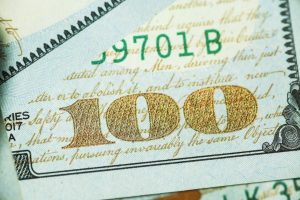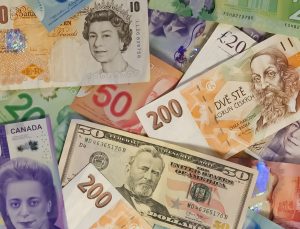In the world of forex trading, stop loss is a crucial tool that traders use to minimize their losses. It is an order that instructs the broker to close a trade at a specific price level, preventing further losses beyond that point. Stop loss helps traders to manage their risk, as it limits the amount of money they can lose on a single trade. One of the primary factors that traders consider when placing a stop loss is the number of pips they are willing to risk on a particular trade. In this article, we will explain what pips are, how they are measured, and how traders can use them to determine their stop loss level.
What are pips?
The price of a currency pair in forex trading is typically quoted in decimals to four or five decimal places. These decimals represent the smallest increment of a currency pair’s price movement, and they are known as pips. The term pip stands for “percentage in point” or “price interest point.” A pip is the fourth decimal place in a currency pair, except for the Japanese yen, which is quoted to two decimal places. For example, if the EUR/USD pair moves from 1.1200 to 1.1201, that is a movement of one pip.
How are pips measured?
Pips are measured using a formula that depends on the currency pair being traded. In most currency pairs, the value of one pip is equal to 0.0001 of the quote currency. For example, in the EUR/USD pair, one pip is equal to 0.0001 USD. In the USD/JPY pair, one pip is equal to 0.01 JPY. However, there are some exceptions. In currency pairs that include the Japanese yen, the value of one pip is equal to 0.01 of the quote currency. For example, in the USD/JPY pair, one pip is equal to 0.01 USD.
How do traders use pips to determine their stop loss level?
When traders place a stop loss order, they need to determine the number of pips they are willing to risk on a particular trade. This number will depend on several factors, including the trader’s risk appetite, the volatility of the currency pair, and the size of the trader’s account.
One common strategy is to use a fixed number of pips as a stop loss. For example, a trader might decide to risk 50 pips on a trade. If the trader is buying the EUR/USD pair at 1.1200, the stop loss level would be set at 1.1150 (1.1200 – 0.0050). If the price falls to 1.1150, the trade will be automatically closed, limiting the trader’s loss to 50 pips.
Another strategy is to use technical analysis to determine the stop loss level. Traders who use technical analysis will look at charts and indicators to identify key levels of support and resistance. They will then set their stop loss level just below the support level or just above the resistance level. This strategy can help traders to avoid being stopped out by short-term price fluctuations.
In conclusion, measuring the number of pips in a stop loss is an essential aspect of forex trading. Traders must understand what pips are and how they are measured to determine the appropriate stop loss level for their trades. By using a fixed number of pips or technical analysis, traders can manage their risk and limit their losses on a particular trade.






